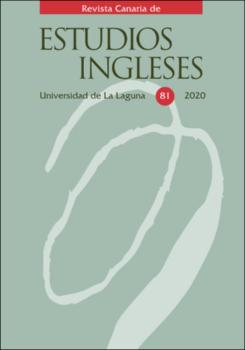Bridging Social Gaps in Gregory Nava’s My Family (1995)
Abstract
The development and transmutation of Chicana/o identity in the American Southwest is a central theme in Gregory Nava’s film narrative My Family (1995). The parents of the titular family represent the traditional, immigrant identity, which entails a hesitation to embrace the American lifestyle while showing a close adherence to their Mexican roots. The children, however, born and/or bred in the ethno-racial ‘battlefield’ of the borderlands in the US, challenge the socio-cultural norms they have inherited from their parents, but also those of white America. This article examines the children’s cultural deviations as endeavors to confront socio-cultural conflicts in the borderlands and to carve a path towards a better individual and, symbolically, collective future for la raza.



